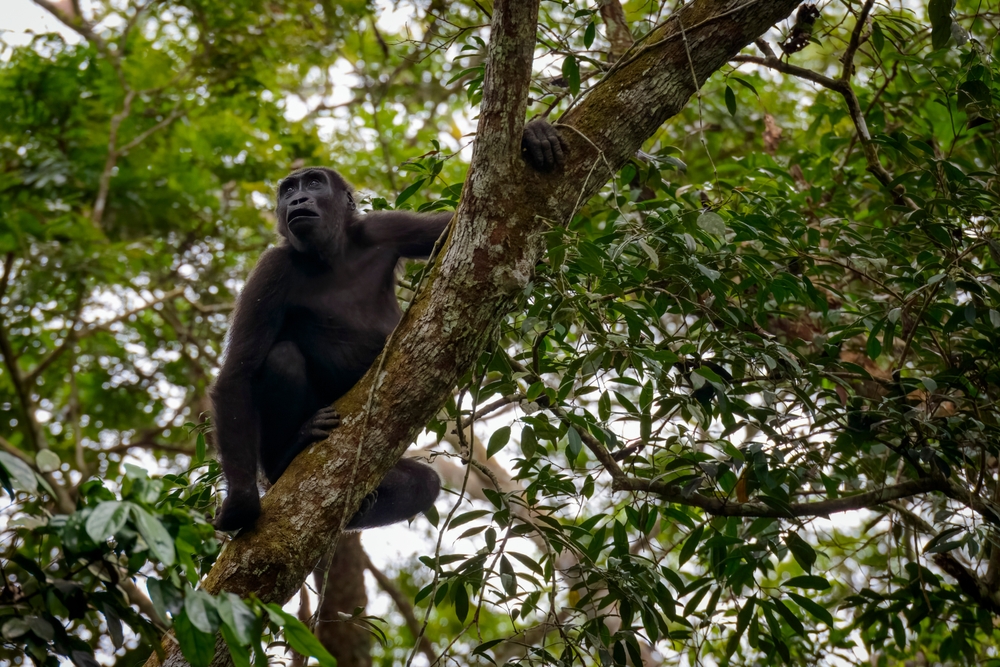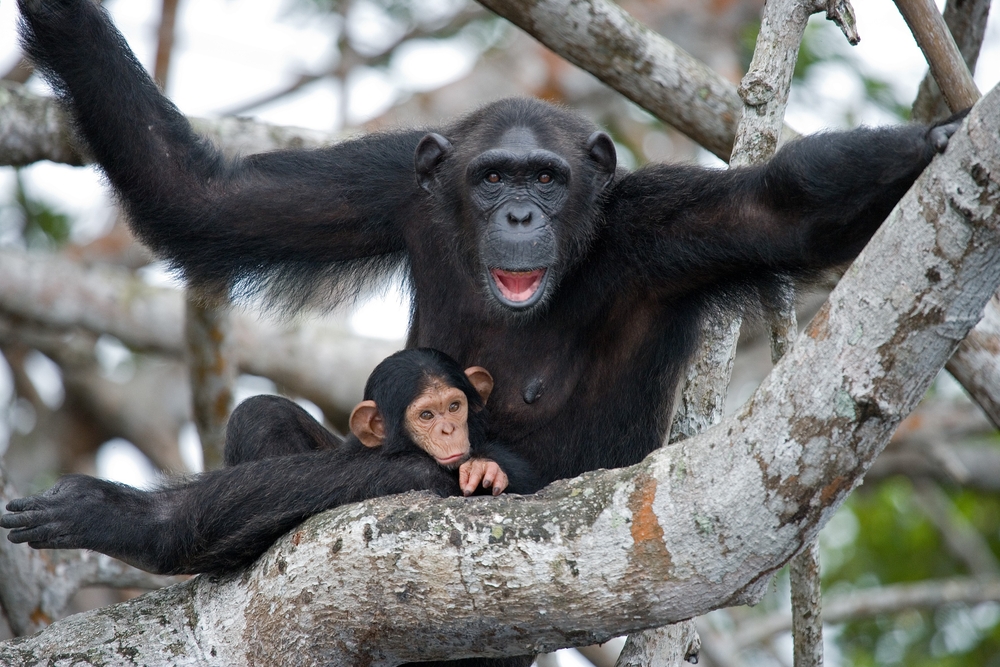Ntokou-Pikounda Overview
Ntokou-Pikounda National Park, locally known as Parc National de Ntokou-Pikounda, is a breathtaking expanse of unspoiled rainforest in the Republic of Congo. Established in 2012, the park covers an area of approximately 4,572 square kilometers (1,765 square miles) in the heart of the Congo Basin. This park is celebrated for its remarkable biodiversity, pristine ecosystems, and role as a sanctuary for some of the most iconic and endangered species in Central Africa.
The park’s dense rainforests, interspersed with rivers, swamps, and occasional open clearings known as bais, create a diverse and thriving habitat for wildlife. While the landscape lacks prominent mountains or waterfalls, the interplay of rivers and wetlands makes it a haven for aquatic and terrestrial life. The Likouala-Mossaka River flows through the park, offering both ecological sustenance and stunning scenic beauty.
Ntokou-Pikounda National Park is perhaps best known for its substantial population of western lowland gorillas. Estimates suggest the park is home to over 15,000 individuals, making it one of the world’s most important strongholds for this critically endangered species. The park also shelters forest elephants, chimpanzees, and other large mammals such as buffaloes and bongo antelopes. Predators like the elusive leopard navigate the forest’s shadowy undergrowth, while smaller species such as pangolins and duikers add to the park’s ecological diversity.
Birdlife in Ntokou-Pikounda is vibrant and varied, with species such as hornbills, turacos, and African grey parrots frequently seen in the forest canopy. Raptors like the crowned eagle and harrier-hawk patrol the skies, while waterbirds thrive near the park’s rivers and wetlands. These ecosystems also attract migratory birds, adding seasonal dynamism to the avian population.
The park’s vegetation is a testament to the richness of the Congo Basin, featuring towering trees such as ebonies, irokos, and mahoganies. These trees, along with the dense undergrowth of ferns, orchids, and lianas, form a lush and layered ecosystem that supports a vast array of life. The park’s forests also play a critical role in carbon sequestration, making them essential in the global fight against climate change.
Ntokou-Pikounda National Park faces challenges typical of remote wilderness areas, including threats from poaching, logging, and habitat degradation. Conservation initiatives led by the Congolese government, in collaboration with international organizations such as the Wildlife Conservation Society (WCS), focus on anti-poaching patrols, community outreach, and scientific research. The park’s remoteness has helped shield it from extensive human encroachment, preserving its ecological integrity.
For adventurous visitors, Ntokou-Pikounda offers a rare opportunity to explore one of the world’s most unspoiled rainforests. Guided treks, river excursions, and wildlife observation tours allow guests to connect deeply with the park’s natural beauty. Its tranquility and biodiversity make it an extraordinary destination for nature enthusiasts and conservationists alike.
In summary, Ntokou-Pikounda National Park is a jewel of the Congo Basin. Its unparalleled biodiversity, critical conservation efforts, and untouched landscapes underscore its importance on a global scale.












































































